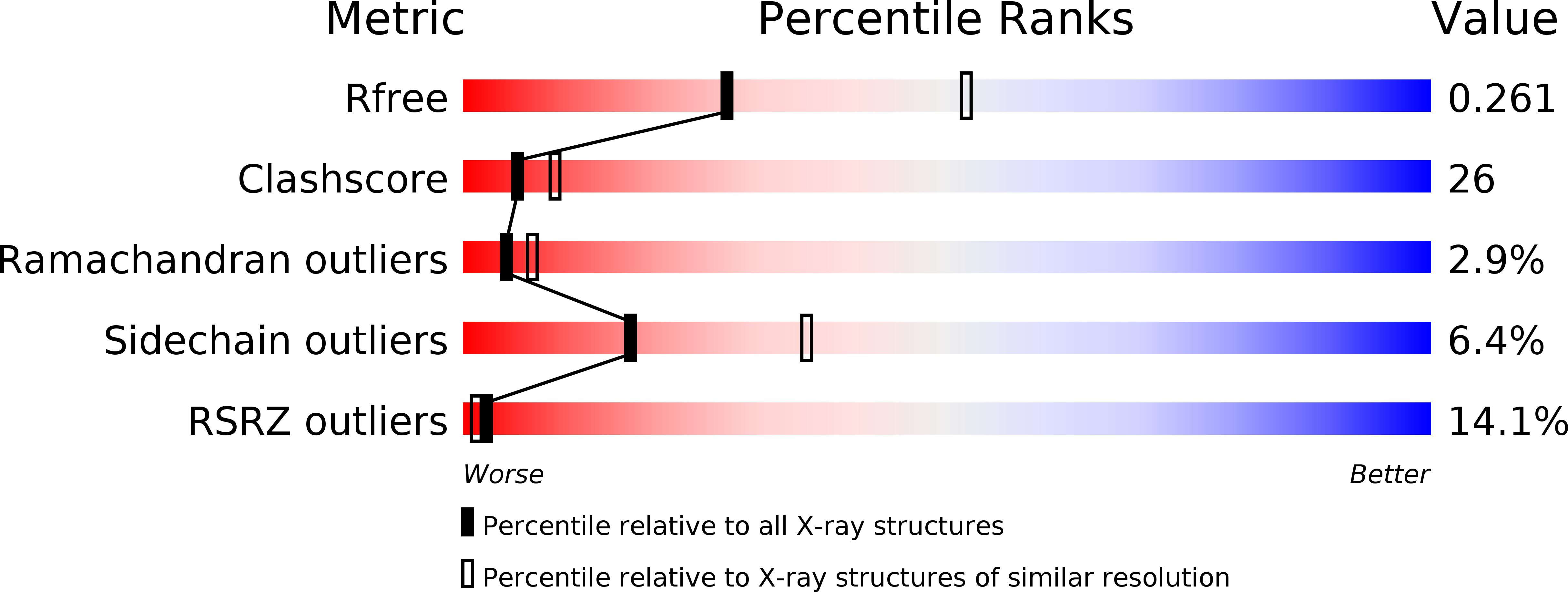
Deposition Date
2003-04-22
Release Date
2003-10-14
Last Version Date
2024-02-14
Method Details:
Experimental Method:
Resolution:
2.60 Å
R-Value Free:
0.27
R-Value Work:
0.23
R-Value Observed:
0.23
Space Group:
P 31 2 1


